Last updated on February 18, 2024
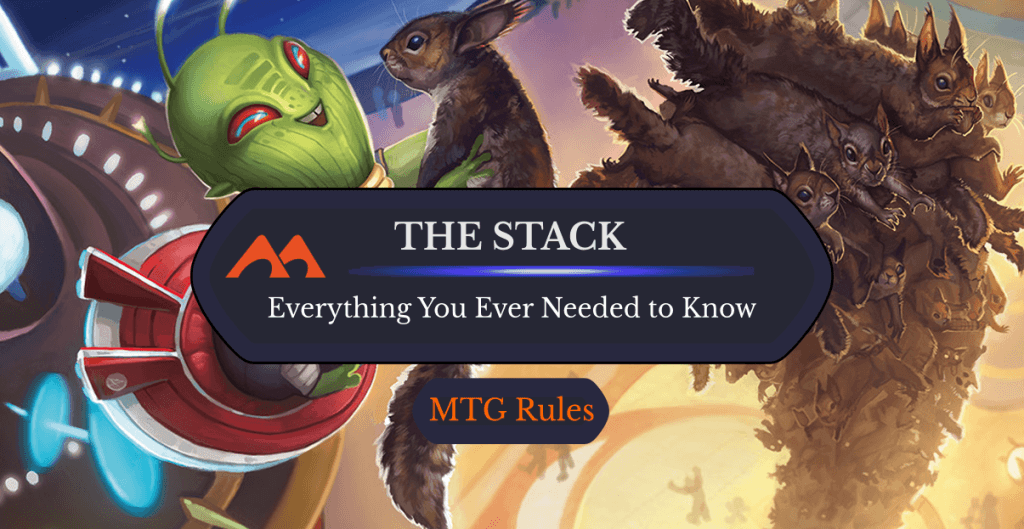
Squirrel Stack | Illustration by Andrea Radeck
“The stack” can be a bit nebulous for new Magic players. It takes time to get used to, but it’s an essential part of the game. Mastering it can give definitely you a gameplay edge.
I’ll be using my L1 judge knowledge to walk you through the Stack and hammer out exactly how it works, and what does/doesn’t interact with it. Let's get into it!
What Is the Stack?

Smokestack (From the Vault : Annihilation) | Illustration by Daniel Ljunggren
The stack is the zone in MTG where spells and abilities exist before they resolve. Think of it like the “waiting room” for Magic effects. A spell’s effects don’t immediately happen when you cast it; they go on the stack, where they wait for players to respond. If someone does respond, the new spell or ability goes on the stack above the previous one, forming a literal stack of spells and abilities.
What’s the Point of the Stack?
The stack reinforces the priority system that governs the flow of the game. Turns progress by passing priority between players, and an empty stack usually determines when the next step or phase starts. The stack also gives players the means to interact before effects take place. It allows a Giant Growth to save your creature from an opposing Lightning Bolt.
You can thank (or blame) the stack for allowing counterspells to work. Counterspell works because it targets a spell on the stack. There wouldn’t be an opportunity to cast countermagic without this system in place.
The History of the Stack in MTG
The 1999 Sixth Edition rules overhaul introduced “the stack.” This replaced the convoluted “batching” system that was previously used to resolve spells.
It also obsoleted the interrupt card type. Interrupts took precedence over other spells and abilities in a batch, but the new “stack” technology made them identical to instants, removing interrupts entirely.
What Uses the Stack in MTG?
- Casting spells
- Activated abilities (except mana abilities)
- Triggered abilities
What Does Not Use the Stack in MTG?
- Special actions (e.g., foretell, morph)
- Mana abilities
- Playing lands
- Paying costs (e.g., the additional cost on Thrill of Possibility)
- Static abilities
- Combat damage
- Rolling the planar die in Planechase
- Regular game actions (e.g., drawing during the draw phase or discarding during the cleanup step)
- Day and night
- Phasing in/phasing out
- Replacement effects
When Did MTG Introduce the Stack?
The stack was introduced to Magic in 1999 as part of the Sixth Edition rules changes. It replaced the previous “batching” system used to determine how spells resolved.
Does MTG Still Use the Stack?
The stack is still a part of Magic and works almost entirely the same as it did when introduced in 1999.
How Did Damage on the Stack Work?
Prior to the Magic 2010 rules changes, combat damage used the stack the same way spells and abilities did. Players would have opportunities to interact before damage affected a creature or a player’s life total.
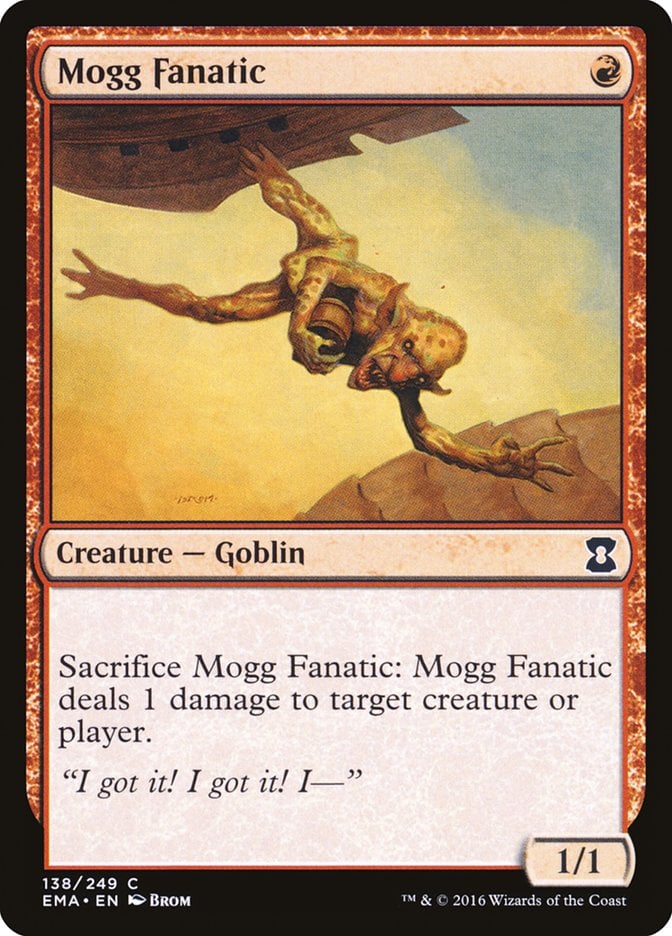
This changed some play patterns, especially for cards with sacrifice abilities like Mogg Fanatic. The Fanatic could block, put its damage on the stack, and then sacrifice to its ability. The damage on the stack would then resolve, effectively allowing it to deal two damage during combat. This was no longer possible post-rules change.
When Did Damage Stop Using the Stack?
Damage on the stack was removed from the game in 2009 with the Magic 2010 rules changes. This same rules overhaul did away with mana burn and simplified combat.
In What Order Does the Stack Resolve in MTG?
The stack resolves in reverse order. This is often taught as first-in last-out (FILO), meaning the first spell or ability on the stack is the last object to resolve. Once players have passed priority and no one adds anything to the stack, the most recent object resolves first and then continues to resolve in reverse order.
Does the Stack Resolve All at Once?
Objects on the stack resolve one at a time, and players gain priority between each resolution. You can add new spells and abilities to the stack before the entire stack resolves.
Can You Counter a Spell on the Stack?
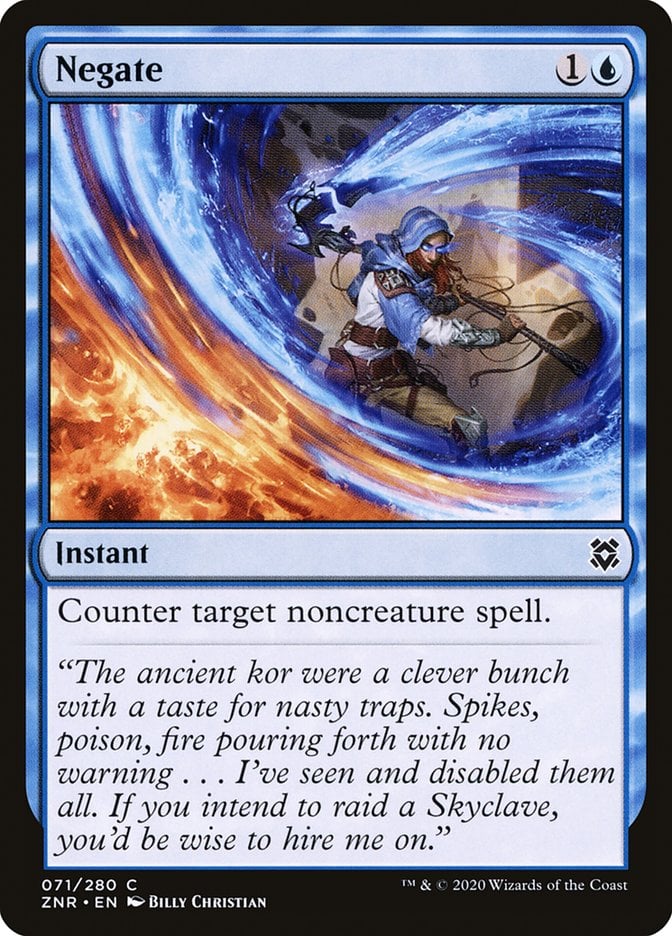
Counterspells almost always target spells on the stack. Negate refers to a noncreature spell, meaning a noncreature currently on the stack. If someone casts a noncreature spell and you respond with Negate, your Negate goes above the noncreature spell and counters it.
What Triggers Go on the Stack First?
With simultaneous triggers, you choose which order to put them on the stack. If multiple players have abilities trigger simultaneously, the active player puts their abilities on the stack first and then the non-active player puts theirs on the stack. The non-active player’s abilities resolve first. This is called AP-NAP order (Active Player – Non-Active Player).
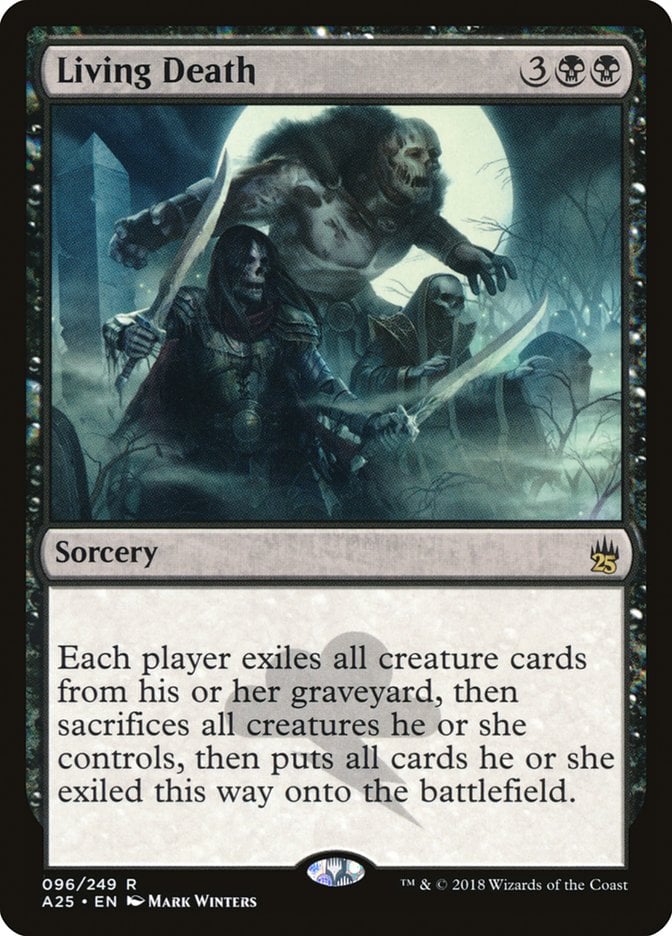
In multiplayer games, simultaneous triggers are placed on the stack starting with the active player and continuing in turn order. The last player is the first to start resolving triggers. If you want practice, try casting Living Death in a four-player game.

Sometimes casting a spell or activating an ability causes another ability to trigger. The resulting trigger goes above the spell or ability that caused it to trigger. For example, Ulamog, the Ceaseless Hunger’s cast trigger resolves before the creature spell.
Who Orders the Stack in MTG?
The stack is ordered automatically based on who the active player is. The game rules automatically put new spells and abilities at the top of the stack. The exception is when multiple players have triggers that happen at the same time, in which case players put their triggers on the stack in AP-NAP order.
What Happens to the Stack When a Player Dies?
When a player dies, all objects they control are removed from the stack. That player or anything they controlled are no longer legal targets. The rest of the stack remains intact.
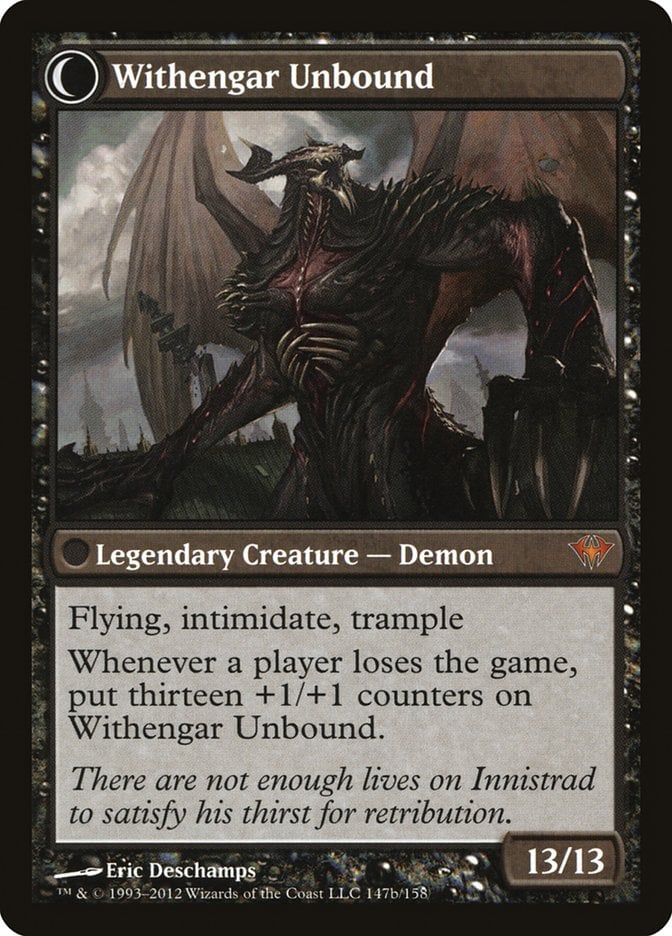
Oh, and Withengar Unbound gets some counters.
Do You Control Cards on the Stack?
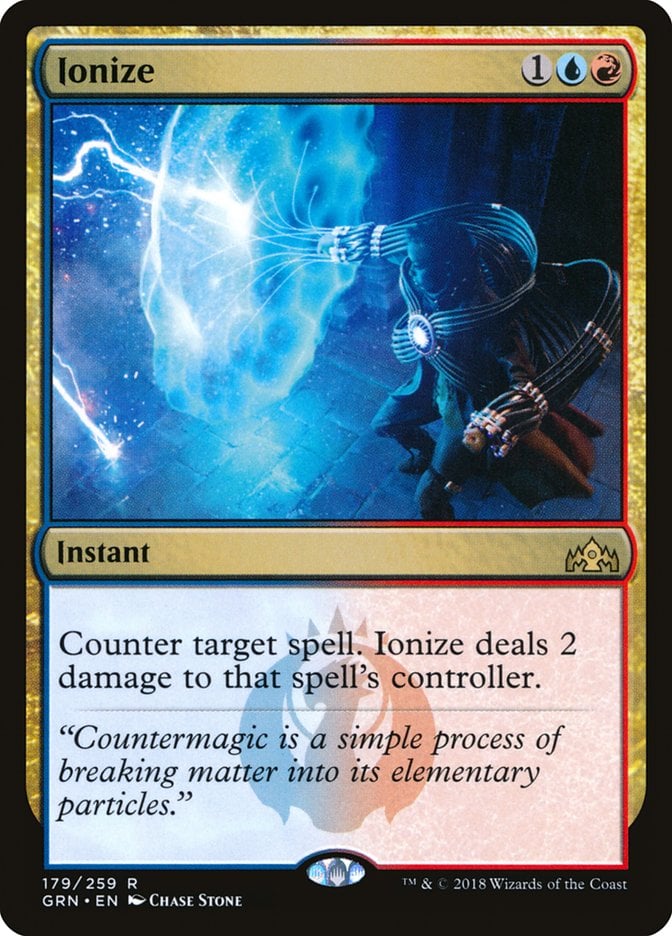
You are the controller of any spell that you put on the stack. For example, if an opponent casts Ionize on your spell, you take two damage because you’re the controller of the countered spell.
Who Has Priority on the Stack?
Priority starts with the active player and proceeds in turn order. When a player with priority puts a spell or ability on the stack, they regain priority before it passes to the next player. That means you can “retain” priority after casting a spell and immediately respond to it before another player can interact.
The active player always regains priority after a spell or ability resolves. Once they pass priority, it moves to the next player in turn order.
Where Is the Stack in MTG?
The stack isn’t physically represented in-game and exists wherever the players agree on. Similar to the command zone or exile zone, players can represent the stack wherever they like.
Digital platforms like Magic Arena or MTGO show the stack when it’s relevant, but don’t typically dedicate screen space to the stack while it’s empty.
Is the Stack a Zone?
The stack is a zone where spells and abilities exist until they resolve. Consider it the DMV waiting room of Magic (bonus points for having a vehicle on the stack).
Does Tapping Mana Use the Stack?
Mana abilities don’t use the stack. Remember that mana abilities never have targets, and planeswalker loyalty abilities don’t count as mana abilities.
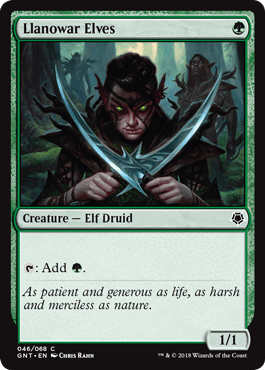

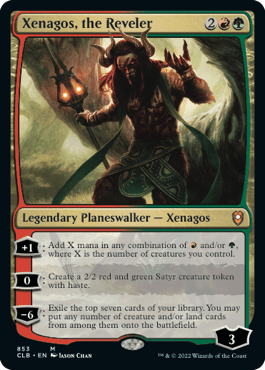
Cards like Llanowar Elves and basic lands have mana abilities, so tapping produces mana without using the stack and there’s no opportunity to interact with these abilities. Deathrite Shaman’s first ability targets, so it uses the stack like normal, as will the +1 ability on Xenagos, the Reveler.
Do Lands Use the Stack?
Playing a land doesn’t use the stack. When you play a land, it enters the battlefield with no opportunities for players to interact.
Do Abilities Go on the Stack?
Triggered abilities and activated abilities that aren’t mana abilities use the stack. Static abilities generally do not.

Armored Scrapgorger has an example of each. The first is a static ability and the second is a mana ability, so neither use the stack. The third is a triggered ability that goes on the stack whenever Scrapgorger becomes tapped.
…Last Out
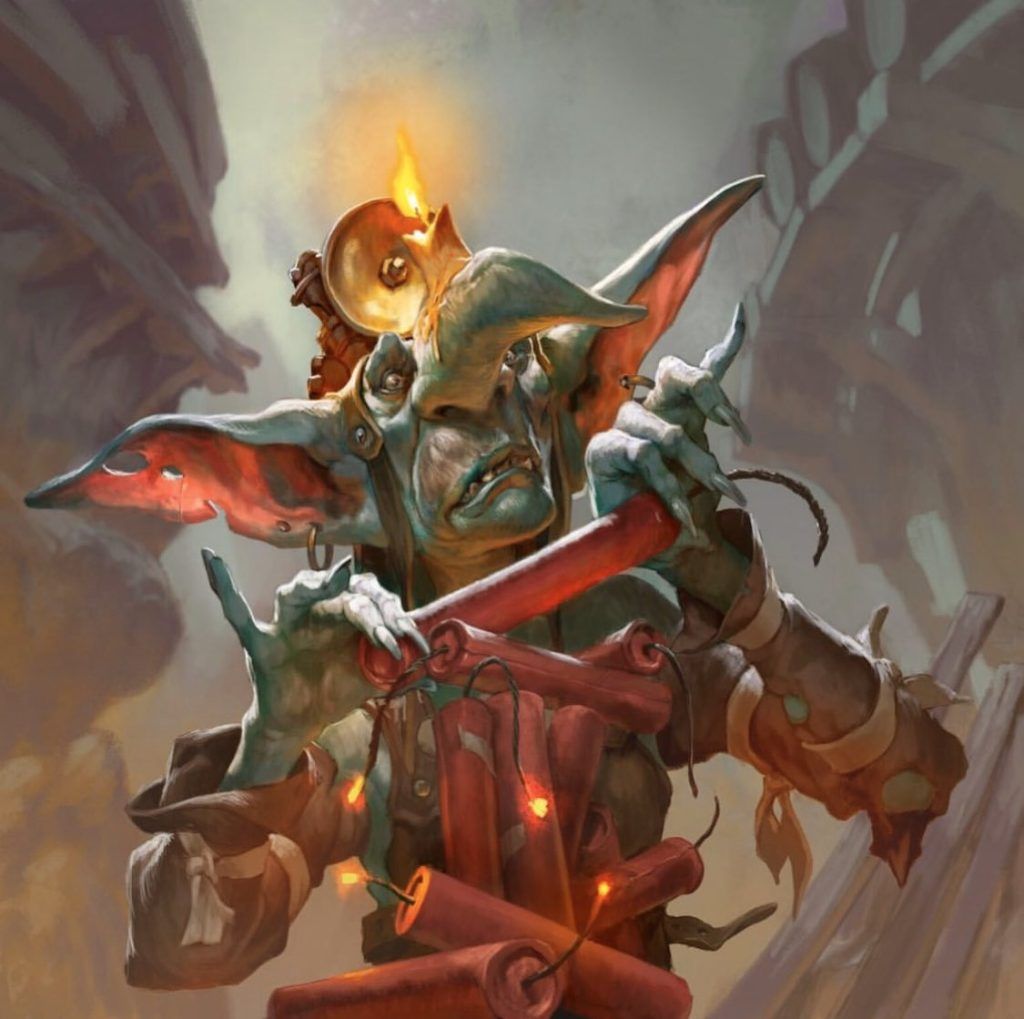
Boomstacker | Illustration by Jesper Ejsing
That’s all I’ve got on the stack today, so it’s time for me to pass priority and see if you have any responses. I highly recommend digging into this concept and mastering the way the stack and priority work. It opens up some clever gameplay opportunities that you might otherwise miss.
If you have further questions concerning the stack, maybe how to beat counterspells, reach out and I’ll do my best to respond without casting a counterspell. Let me know in the comments below or over in the Draftsim Discord.
Thank you for making Draftsim your #1 stop for all things Magic!
Follow Draftsim for awesome articles and set updates:


1 Comment
Thanks this is very helpful.
Add Comment